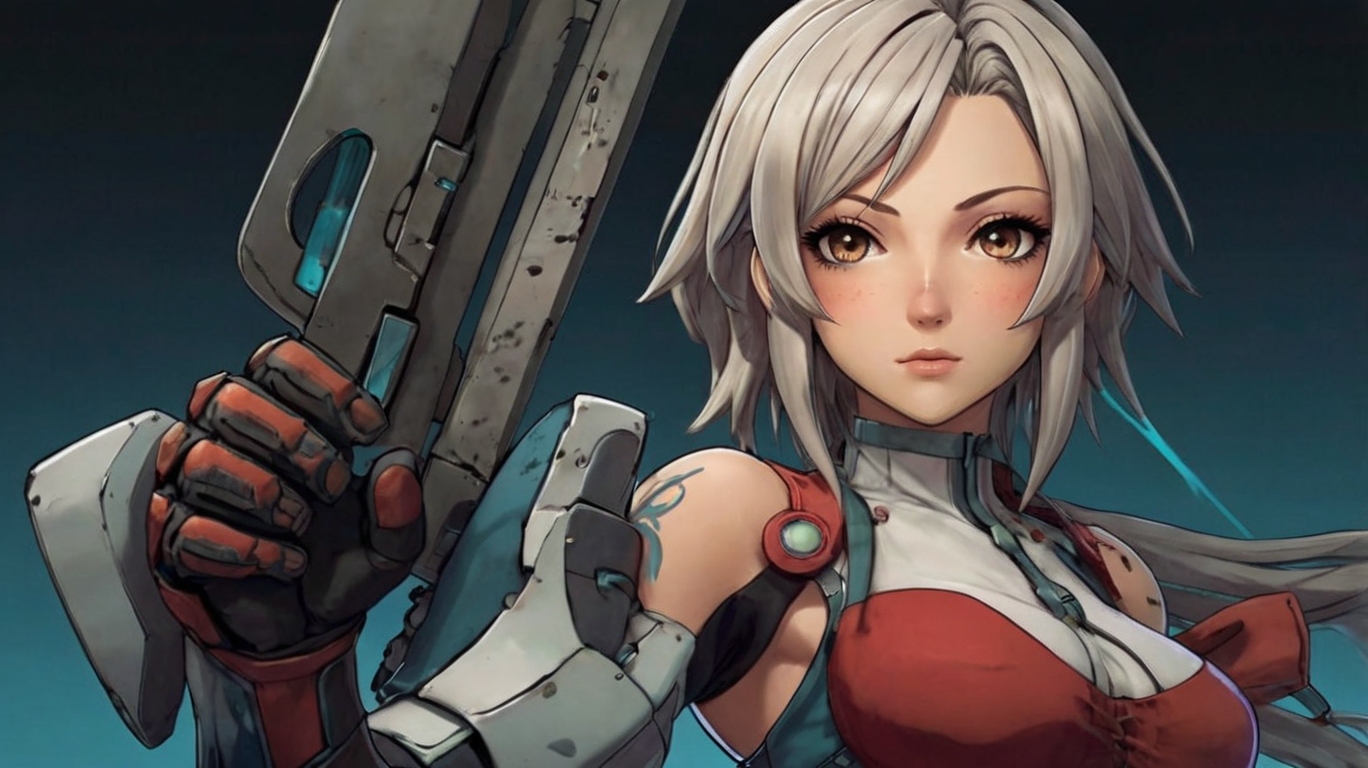
A crucial choice that can significantly affect your game’s reception and success is selecting the appropriate art style. Whatever you envisage is brought to life for players by the art style, which also determines the mood. You can choose the ideal art style for your game by considering the following crucial factors and actions.
Understand Your Game’s Genre and Audience
- Identify Your Genre: Different genres have established art styles that players expect. For instance, realistic graphics are often associated with first-person shooters, while vibrant, stylized art is common in platformers and RPGs. Understanding your genre helps narrow down suitable art styles.
- Know Your Audience: Consider the preferences of your target audience. Younger players might prefer colorful and whimsical designs, while a mature audience might appreciate more intricate and realistic visuals. Conduct market research to understand the visual preferences of your potential players.
Define the Game’s Theme and Mood
- Theme Consistency: Your game’s concept and environment should be reflected in your artwork. Bright, imaginative images may work well in a fantasy adventure game, yet dark, gritty graphics might work well in a post-apocalyptic one.
- Mood and Atmosphere: Decide on the mood you want to evoke. Art styles can range from light and humorous to dark and foreboding. Ensure that the visuals align with the emotional tone of your game’s narrative and gameplay.
Assess Technical Constraints
- Platform Considerations: The platform you’re developing can influence your art style. Mobile games might require simpler, more optimized graphics, while PC and console games can handle more detailed and complex visuals.
- Team Expertise: Consider the skills and strengths of your art team. Choose a style that your team can execute well within the given time frame and budget. If your team excels in 2D art, a 2D game might be more feasible than a 3D one.
Explore Art Style Options
- Realistic vs. Stylized: Replicating real-world sights through realistic art necessitates intricate detail and nuanced shading. Conversely, stylized art encourages greater abstraction and inventiveness, which frequently produces original and striking designs.
- 2D vs. 3D: Choose from 2D and 3D art styles according to the specifications of your game. 2D art can be produced more quickly and with fewer resources than 3D art, which can provide a more immersive experience but needs more technical know-how.
Create Concept Art and Prototypes
- Concept Art: To see many styles and how they fit within your game, start with concept art. Make several iterations and ask your team and possible players for input.
- Prototyping: Develop small prototypes or visual slices of your game to see how the art style works in practice. This can help identify potential issues and make necessary adjustments early in development.
Consider Longevity and Uniqueness
- Timelessness: Choose an art style that will age well. Trendy styles might look outdated quickly, while timeless styles can keep your game visually appealing for years.
- Uniqueness: Strive for a distinctive artistic style. Your game can stand out in a crowded market and become more memorable with distinctive graphics..
Finalize and Document Your Art Style
- Art Style Guide: Once you’ve chosen your art style, create a comprehensive art style guide. This document should include color palettes, character designs, environment concepts, and any other visual elements. It ensures consistency across all assets and helps onboard new team members.
- Feedback Loop: Consult with stakeholders often during development to ensure that the visual style remains powerful and coherent. Be flexible in your response to player input and evolving design specifications.
Conclusion
Selecting an appropriate visual style for your game requires balancing artistic vision, technical viability, and market knowledge. Through careful consideration of your game’s genre, target audience, theme, and technical limitations as well as iterative development through concept art and prototypes, you can identify an aesthetic that best suits the identity and appeal of your game. At Melior Games, we think that an art style selection makes a lasting effect on players in addition to adding life to a game. Have fun creating!




